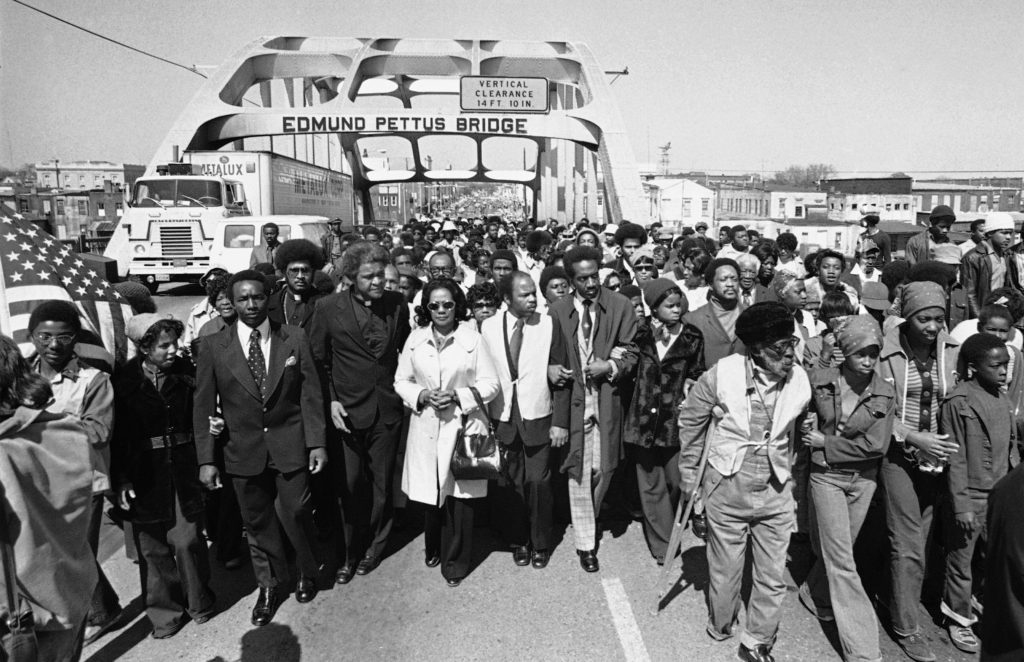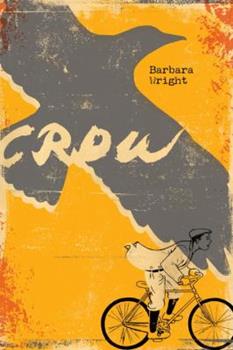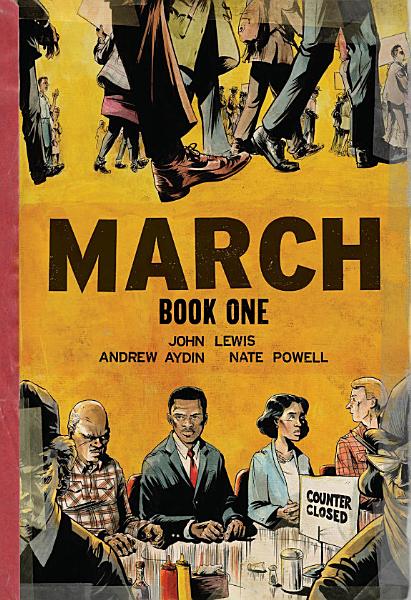
Aided by Father James Robinson, Mrs. Coretta Scott King, widow of Dr. Martin Luther King, Jr., center, and John Lewis of the Voter Education Project, a crowd estimated by police at 5,000, march across the Edmund Pettus Bridge from Selma, Alabama Saturday, March 8, 1975. The march commemorated the decade since the violent struggle for voting rights began in 1965 with “Bloody Sunday” at the bridge as police tried to stop a march to Montgomery. (AP Photo)
Our children, our students, live in a world that has developed all kinds of media and ways to transmit information, disinformation, ideas, and images. They hear the media, adults, other peers talking about events and opinions as they move through their days. Some of these ideas are exciting and innovative, others are darker and disturbing. As a school we see it as our obligation to help children talk about the events and ideas they hear in a safe environment, where there is respect for their age, experience and feelings.
Every year during the summer we meet as teachers to plan our curriculum for the school year. This year both the content and physical demands of safety around COVID took up a great deal of our time. But it was also clear that our country spent this last year grappling with centuries and decades long problems. Our students often caught snippets, sound bites, slogans, images and memes that were hard to decode and understand. As both students of and teachers of American history, we want to help students see through an historical lens where and how these issues are derived and why they still continue.
In recent years we have re-enacted the Declaration of Independence and looked at the Constitution for its design of a balance of power and the Bill of Rights. We went on to see parallels in our local government and officials. We often use materials designed by the American Bar Association.
This year we decided that students had been hearing and seeing a tremendous turmoil around issues of equal treatment to all under the law. It raises disturbing feelings of safety and justice for all of us. This is a complicated issue, which is grounded in the beginnings of our country and winds it way to the present day. What is safety for all of us? What is justice for all of us? Who is “all of us”?
We divided our older students into two groups with the younger end using picture books with historical content talking about the path to progress this country is making including “all of us” through the stories of Katherine Johnson, Mary Jackson and Dorothy Vaughn who worked as “computers” for the Moon Landing. After listening to a book on Ruby Bridges, and watching a film based on this book we followed up with a video of Ms. Bridges talking about her experiences as an adult. The older students are hearing a more difficult book called The Crow by Barbara Wright about a little known event in Wilmington, North Caroline 30 plus years after the Civil War where White Citizens terrorized the Black citizens of Wilmington forcing many to flee for their lives.

We will review the 13th,14th and 15th Amendments, as we review the story of progress and regression in the history of Jackie Robinson, the Brown vs. the Board of Education case, Rosa Parks, the Sit-Ins, Freedom Riders, the march for equality across the Edmund Pettus Bridge by John Lewis and many others. We will look at the Civil Rights Act of 1964 and how that legislation came about. Our oldest students are part of a book club where they are reading and discussing All American Boys by Jason Reynolds and Brendan Kiely.
We will be using Jacob Lawrence’s art to study The Great Migration, why it happened, what was the result? Children will make art that shows an historical moment they were effected by. We are using Sam Cooke, Marvin Gaye and Billee Holiday music to see how songs also speak to the issues.
We will be working on conversations about prejudice, racism and systemic racism, fear of the different, legal and moral issues, non-violent conflict resolution, making the world a better place and making a more perfect union. What do these words mean? Why is this so hard to achieve? What can we effect? What roles can we play?
We always hope that the dinner table becomes a place where families join in the conversations and concerns their children rightly have. Encouraging them to think out loud and voice their thoughts is essential to their growth. We recognize that we often want to protect our children from the ugly side of life, but it is a delicate balance to allow them to speak about the contradictions they see and feel in this world and what we can do to make it better in their lives now and as they grow older.
